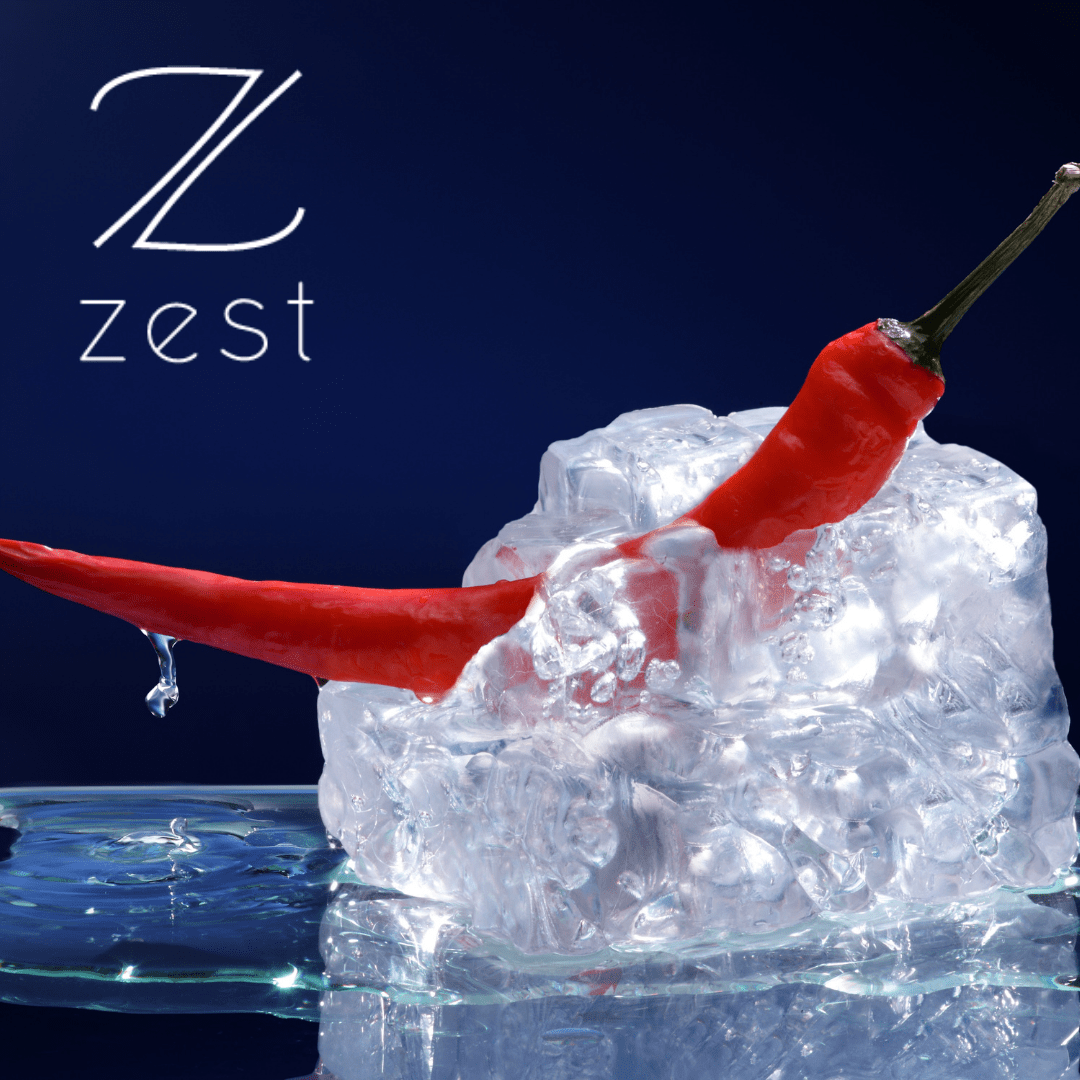Hot and cold therapy
Hot and cold therapy is a popular initial home treatment for soft tissue injuries as the risks are relatively low, with minimal costs.
It can be confusing to know which to use and when, we hope this helps. Should you need further help please go to our solutions for more information.
| Cold Therapy | Hot Therapy | |
| Why use it | With sprains, strains or bruises there is bleeding into underlying tissue which causes pain and swelling. If you use ice immediately after an injury it will help to limit the body’s response to your injury. This should reduce bleeding into the tissues to reduce or prevent swelling (inflammation) and reduce muscle pain and spasm. | By using heat it causes your blood vessels to open wide (dilate) which delivers more blood to the area. This increase in blood helps with the healing of your damaged tissues. Heat can soothe and relieve pain and spasms causing lessstiffness. |
| When to use it | Using ice immediately after the injury. | When an injury is over 2 days old. Do not use heat on a new injury as it may make the problem worse. |
| What to use hot and cold therapy on | Ice can be used on recent injuries, hot and swollen joints, and to ease the pain of the lower back and long-term problems such as arthritis. Ice gives a longer-lasting effect on the circulation and the pain relieving properties are deeper than heat. | Heat can be useful on joints which are stiff & painful and muscles which feel tight & cramped. Heat can also be used on new lower back strains due to the cause from muscle spasm not tissue damage. In this immediate case heat is often more helpful than ice. |
| Examples of hot and cold therapy treatments | • Reusable gel ice packs • Coolant sprays • Make your own ice pack * • Frozen peas • Ice massage | • Wheat/rice bag • Heat pad • Deep heat cream • Hot water bottle ** • A bath, hot tubs, sauna |
| How to use hot and cold therapy | Place the cool therapy and hold it in place firmly with your hands or a bandage.If your injury is recent and has happened in the last 24 to 48 hours, using ice treatment every 2 hours (when awake) elevate (raise) the limb above the level of your heart. Elevation of the injured area limits swelling as it helps the return of tissue fluids to the body. Large muscular area: Such as the thigh, it can be kept on the area for up to 20 minutes. Small bony area: Such as the ankle, it should stay on the area for 10 to 15 minutes. The skin will normally become red and cold. | Place the heat pack over the area to be treated. If heat is applied to the skin it should not be hot; gentle warmth will be enough. Heat should be applied for a period of 15 to 30 minutes and can be reapplied every 2 hours. If the area starts to feel too warm place an extra towel between the heat pack and your skin to reduce the temperature. ** Hot water bottles should never be applied directly to the skin. These should be wrapped in a towel. When filling the hot water bottle DO NOT overfill or use boiling water Wheat/rice bags follow the manufacturer’s instructions for heating |
Hot & cold therapy warnings
| Cold Therapy | Hot Therapy | |
| Individual | Never put a homemade ice pack directly onto your skin. Always place a damp cloth on your skin then the ice pack * Remember to check the skin underneath the ice pack every 5 minutes for: • whiteness of the skin • blueness of the skin • blotchy and painful skin • excessive numbness If you get any of these symptoms, remove the ice pack straight away. Cold therapy should not be used if you have poor circulation. | It is not recommended to lie, sit or sleep on any heat packs, as this will increase the risk of a burn. A towel can be placed between the heat source and the skin for protection. The skin must be checked at regular intervals. If you have either heart disease or hypertension, ask your doctor before using heat therapy. If you are pregnant, check with your doctor before using saunas or hot tubs. |
| General Warning | • Only use an hot or cold therapy on areas of normal skin sensation and circulation • Never place onto an open wound or graze • For children’s injuries always use under supervision and for reduced times |
Contrast Bathing
The use of both hot and cold therapy can be particularly useful for treating pain and swelling.
For use on feet:
1. Fill one deep bowl with warm water (bath temperature) & one with cold water (do not add ice).
2. Put the affected limb in warm water for one minute then remove and place into cold water for one minute.
3. Repeat this for 10 minutes (5 times into WARM water & 5 times into COLD water).
4. Repeat every 2 hours
References:
- https://www.nhs.uk/conditions/sports-injuries/treatment/
- https://www.gloshospitals.nhs.uk/media/documents/Ice_and_heat_treatment_GHPI0659_07_19.pdf
- https://www.southwestyorkshire.nhs.uk/wp-content/uploads/2018/05/Ice-and-heat-therapy.pdf
Contact us
Please feel free to contact reception for more information or to book an appointment with us.


